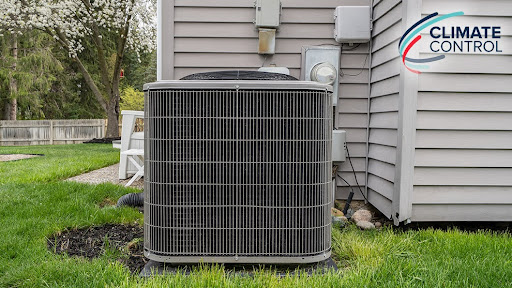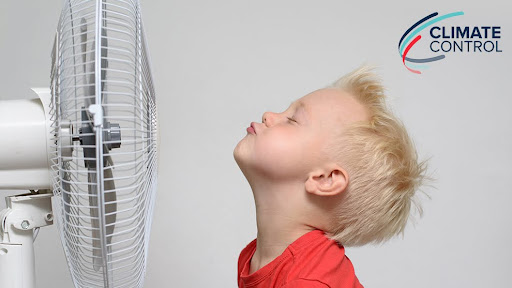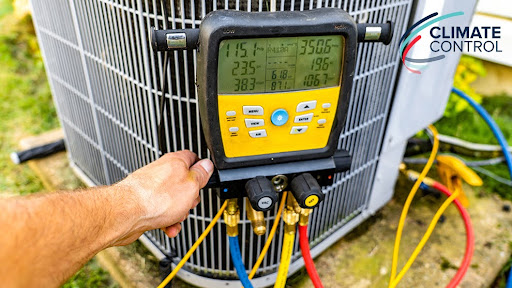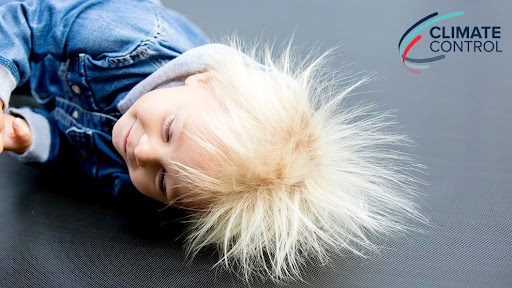Before we even get started, I want to make sure I get one thing out of the way. Household dust is a fact of life and no one has enough hours in the day to get rid of all dust in your Glenwood Springs, Aspen, or Vail, CO home. This blog is about helping control the indoor air quality (IAQ) problems caused by dust and dust mites, not to insinuate anyone is a poor housekeeper.
More than a nuisance
It’s easy to think of dust as nothing but an inconvenience that makes shelves, countertops, and knick-knacks look dirty and unattractive, but it’s really much more than that. A dusty home leads to poor indoor air quality and can cause problems with your HVAC system.
The 4-1-1 on dust mites
You can’t see them, but these microscopic critters are often a huge factor in unhealthy indoor air quality conditions. Dust mites feed on skin cells and other materials that make up dust. The mites then leave behind their waste products (feces) which in turn become part of the dust. As disgusting as they might be, the mites do not bite, but many people are allergic to their waste.
Ways to fight back
There are several ways to reduce the number of dust mites. Obviously, you should do the best you can to reduce dust levels, but as we mentioned earlier it’s often a losing battle. Another weapon in the battle is to control humidity which is a huge part of indoor air quality. When there’s too much moisture in the air, dust mite populations increase. When humidity is too low, it’s easier for dust to go airborne and harder to control. Ideally the humidity in your Glenwood Springs, Aspen, or Vail, CO home should stay between 40 and 60 percent. A whole house humidifier or dehumidifier is the best way to do that.
Dust affects your HVAC systems
Yes, your air filter will catch some of the particles in the air. You can help by using good quality filters recommended for your heating and cooling systems. Remember, excess dust in the home will increase wear and tear on the mechanical components in your HVAC equipment. Dirt and dust can also limit airflow which is the lifeblood of any forced air system. Poor airflow means the system must work harder reducing its lifespan.
How to control dust
Controlling household dust is a never-ending battle, a little bit like keeping weeds out of the lawn and landscaping. Here’s a good checklist to help in the war against dust and dust mites:
- Change the HVAC filter every month
- Vacuum floors and drapes weekly
- Make sure there are doormats at all exterior doors
- Pets should be well groomed
- Wash pillows and bedding every week
- Damp mop floors weekly
- Use an air purifier
Don’t be afraid to ask for help
If you’re having dust problems or any problem related to indoor air quality, Climate Control Company has several options to help. Be sure to like and follow us on Facebook and Twitter for more great information to help keep your Glenwood Springs, Aspen, or Vail, CO home safe and comfortable year round.







